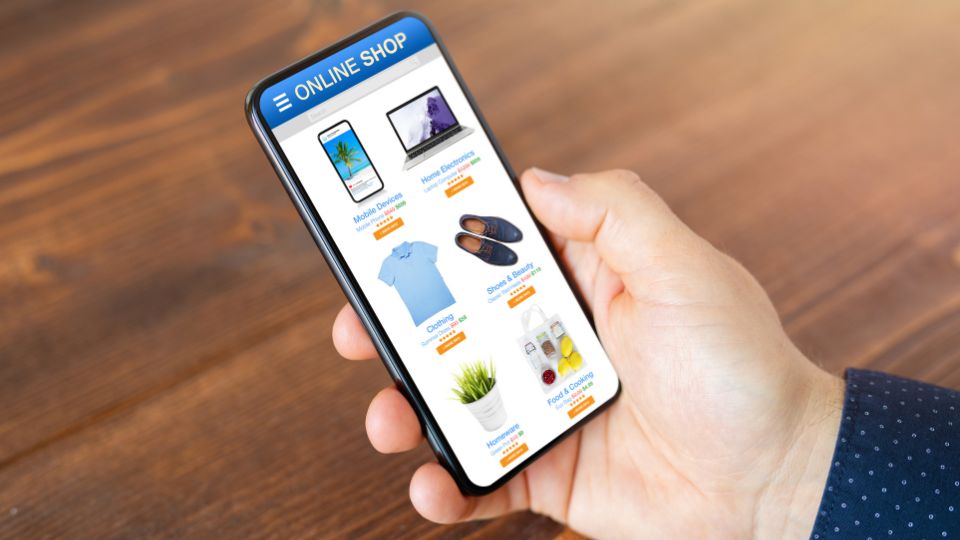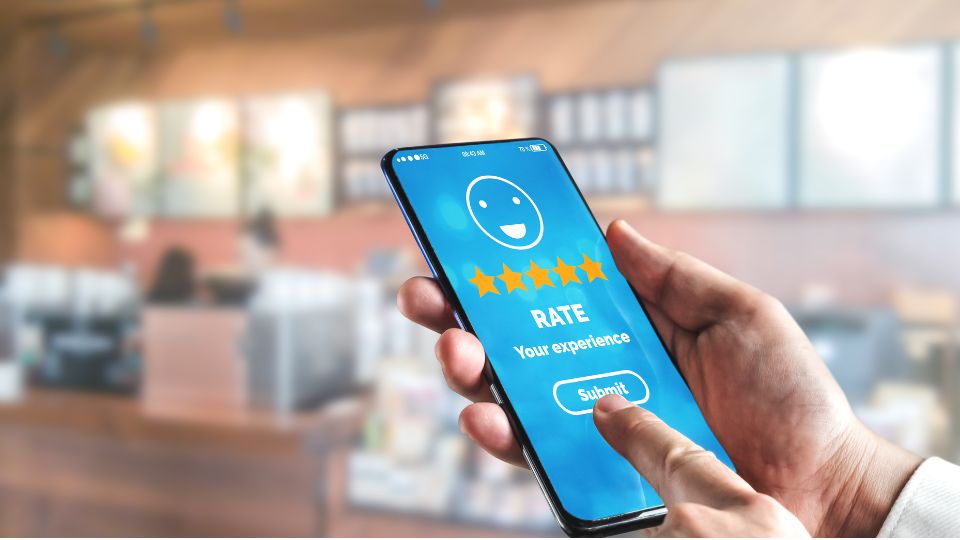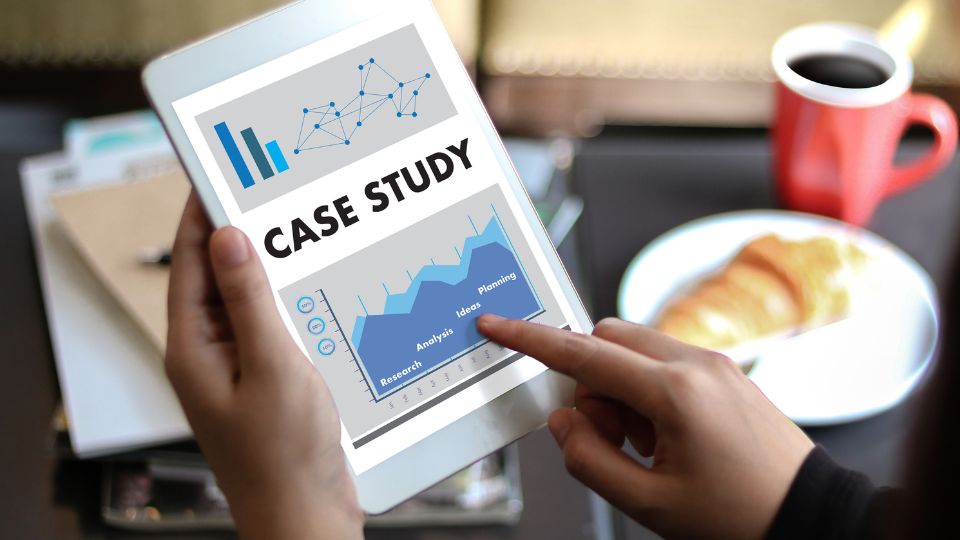Introduction — Stepping Inside the Amazon Mind
Picture this: It’s a quiet evening. You’re curled up on the couch, scrolling through Amazon on your phone. You were just looking for a new phone case, but somehow, your cart now contains a phone case, a desk organizer, and a gadget you didn’t even know existed until two minutes ago. You hit “Buy Now” without hesitation.
That moment — the instant your finger taps that button — is not random. It’s the result of a carefully crafted shopping experience, honed by years of understanding exactly how people think, decide, and act.
Amazon’s marketplace is more than just a store. It’s a psychological engine, fine-tuned to remove every obstacle between desire and purchase. In this article, we’ll step into the mind of an Amazon shopper, exploring the hidden triggers, emotional levers, and mental shortcuts that influence buying decisions. Whether you’re a new Amazon seller, a mid-level private-label brand, or an established e-commerce business owner, these insights can help you connect with your audience — and convert more browsers into buyers.
Table of Contents
- The Core of Amazon Shopper Psychology
- Understanding Consumer Psychology on Amazon
- Why Do Amazon Shoppers Buy?
- The Psychology Behind Amazon Purchases
- Motivations Behind Amazon Buying Behavior
- The Review Trust Factor
- The Trigger Effect — Scarcity, Urgency & Limited Deals
- Decision Pathways — How Amazon Shoppers Choose Products
- Factors Influencing Impulse Buying on Amazon
- Case Studies — Real-Life Amazon Purchase Journeys
- Applying These Insights to Your Amazon Store
- FAQs
- Conclusion — Winning the Amazon Mind Game
The Core of Amazon Shopper Psychology
Amazon shopper psychology is the study of the thoughts, emotions, and decision-making processes that drive purchases on Amazon’s platform. While general e-commerce psychology applies to most online shopping environments, Amazon is unique.
Why? Because Amazon isn’t just a store — it’s a habit. Millions of people open the Amazon app daily without even thinking about it. The combination of speed, reliability, and familiarity creates a mental “safe zone” for buying.
Trust plays a massive role here. Shoppers believe Amazon will deliver what they ordered, when they ordered it, and that if something goes wrong, they’ll be taken care of. This trust, built over years, allows Amazon to bypass many of the hesitation points that plague smaller online stores. Convenience reinforces the habit — one-click ordering, saved payment methods, and fast delivery keep shoppers coming back.
Understanding Consumer Psychology on Amazon
When it comes to consumer psychology Amazon has mastered the art of reducing decision fatigue. From search to checkout, every step is engineered for ease (Key Metrics to Monitor in Seller Central).
Mental shortcuts — or heuristics — play a key role. For example, the “Amazon’s Choice” badge instantly signals a safe, popular, and reliable choice without the shopper needing to compare dozens of listings.
Micro-interactions also matter. The way prices are displayed, the quick appearance of related products, and the gentle nudge of “Customers also bought” all guide the shopper without feeling pushy. These subtle design choices lower resistance and make buying almost effortless.
Why Do Amazon Shoppers Buy?
The answer to why do Amazon shoppers buy lies in a blend of emotional and rational triggers. Rationally, shoppers appreciate competitive prices, free shipping, and quick delivery. Emotionally, they’re drawn to the sense of control Amazon provides — the ability to see reviews, compare products, and know exactly when the item will arrive.
Amazon Prime is a powerful motivator. The promise of free, fast shipping creates urgency to maximize the membership’s value. Social proof — in the form of thousands of reviews — adds reassurance. Even if two products are nearly identical, shoppers will often choose the one with more positive reviews simply because it feels safer.
The Psychology Behind Amazon Purchases
The psychology behind Amazon purchases is all about framing (Competitor & Market Analysis). Product descriptions that tell a story rather than list features are far more persuasive. Images showing the product in real-life situations create emotional connection.
Anchoring — a classic pricing tactic — also comes into play. A product originally listed at $49.99 but now “on sale” for $29.99 instantly feels like a better deal, even if the original price was inflated. Bundling products to increase perceived value is another tactic — offering a laptop sleeve with a laptop, for instance, makes the deal feel more complete.
Motivations Behind Amazon Buying Behavior
Amazon buying behavior motivations can be grouped into two main categories: impulse buys and planned purchases.
Impulse buys happen when the shopper stumbles upon a product they didn’t intend to buy — often thanks to Amazon’s personalized recommendations or lightning deals (Amazon Lightning Deals). Planned purchases are driven by necessity, but even these can be influenced by upsells, bundles, and related items.
Seasonal events, holidays, and cultural moments also drive sales spikes. Amazon’s ability to personalize the shopping experience — showing items relevant to the user’s browsing and buying history — significantly boosts purchase intent.
The Review Trust Factor
Why do Amazon customers trust product reviews so much? The answer lies in social validation theory (Protect Your Listing from Hijackers). People look to others to determine the right choice, especially when faced with uncertainty.
Verified Purchase badges add credibility. Reviews with detailed photos and honest pros and cons feel authentic. Interestingly, a small number of negative reviews can actually increase trust, as they make the feedback appear genuine.
For sellers, cultivating authentic, non-incentivized reviews is critical. It’s not just about quantity; quality and perceived honesty matter.
The Trigger Effect — Scarcity, Urgency & Limited Deals
Amazon expertly uses scarcity and urgency to drive purchases. Countdown timers on lightning deals tap into our fear of missing out. The “Only X left in stock” message makes us feel that if we hesitate, the opportunity will vanish.
Even subtle scarcity cues — like temporarily graying out certain product variations — can nudge shoppers toward immediate action. Limited-time coupons, expiring soon, add another layer of urgency.
Decision Pathways — How Amazon Shoppers Choose Products
How do Amazon shoppers decide what to purchase? Search ranking is a huge factor. Products that appear on the first page get the majority of clicks.
Comparison charts and “Customers also bought” suggestions simplify choices, guiding shoppers toward a decision without overwhelming them. Prime eligibility often acts as a final tipping point — many shoppers won’t even consider products that don’t offer fast, free shipping.
Factors Influencing Impulse Buying on Amazon
Impulse buying is fueled by placement. Items in the “Frequently bought together” section feel like logical add-ons. Small, low-cost products suggested at checkout require little thought and often get tossed into the cart.
Personalized homepages that highlight recently viewed or related items increase the chance of repeat exposure — a key driver of impulse purchases. Each visit reinforces familiarity and desirability.
Case Studies — Real-Life Amazon Purchase Journeys
Case 1: The Quick Decision Maker
Sarah needed a new HDMI cable. She searched, saw “Amazon’s Choice” with thousands of positive reviews, and bought it in under 30 seconds. Speed, trust, and convenience ruled her decision.
Case 2: The Deep Researcher
James spent two weeks comparing noise-cancelling headphones, reading reviews, watching videos, and tracking price drops. When he finally bought, it was from a seller who had clear descriptions, professional images, and over 5,000 reviews.
Case 3: The Impulsive Browser
Priya opened Amazon to buy batteries and ended up purchasing a kitchen gadget from a lightning deal. The countdown timer and 60% discount were irresistible.
Applying These Insights to Your Amazon Store
The goal is to use these psychological triggers ethically. Manipulation erodes trust, but honest persuasion builds long-term customer relationships.
Optimizing product pages means more than adding keywords. Use high-quality images that tell a story, descriptions that highlight benefits, and social proof in the form of reviews. Create urgency without overdoing it, and personalize where possible (Increase Your Buy Box Odds).
Most importantly, think long-term. One-time purchases are good; repeat customers are gold. Building trust ensures your buyers keep coming back.
FAQs
Why do Amazon customers trust product reviews?
Because they provide social proof and reassurance, especially when verified and detailed.
What psychological triggers make people buy on Amazon?
Convenience, trust, social proof, urgency, scarcity, and personalization all play a role.
How do Amazon shoppers decide what to purchase?
By relying on search rankings, reviews, Prime eligibility, and product comparisons.
What factors influence impulse buying on Amazon?
Placement in “Frequently bought together,” lightning deals, and personalized recommendations.
How does Amazon use scarcity and urgency to drive sales?
Through countdown timers, stock level alerts, and limited-time discounts.
Conclusion — Winning the Amazon Mind Game
The psychology of Amazon shoppers isn’t about tricking people into buying. It’s about understanding what they value, removing friction, and creating a shopping experience that feels easy, safe, and rewarding.
By blending trust, convenience, social proof, urgency, and personalization, Amazon has mastered the art of making buying second nature. Now, it’s your turn to apply these principles — ethically and effectively — to your own listings.
Now that you know what drives clicks to “Buy Now,” start optimizing your product pages with these psychological levers. If you want to go deeper, explore our Amazon Selling Mastery program to learn exactly how to apply these strategies for maximum sales impact.












2 Responses
Nicely structured thoughts. Thanks.
Useful tips for sellers